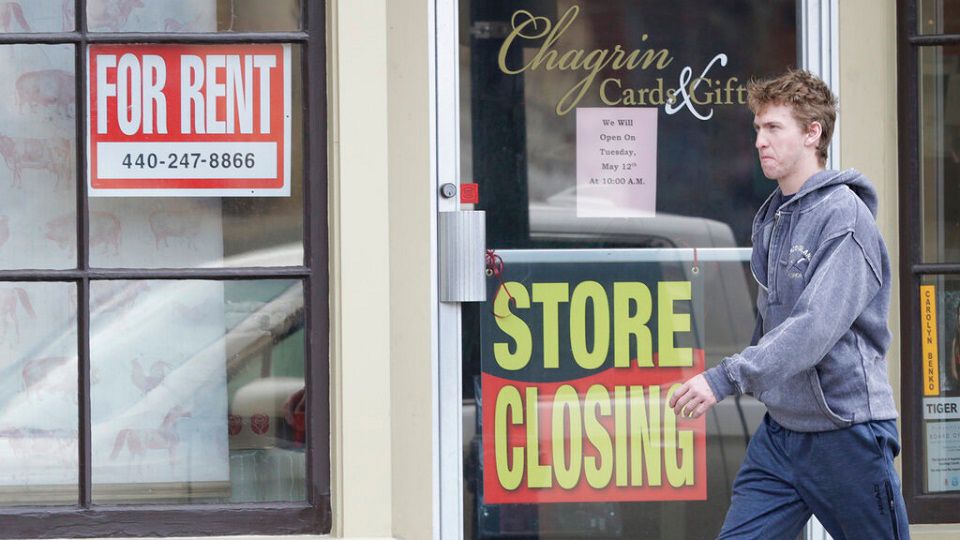TEXAS -- It was anticipated, and it could have been worse, but Friday’s report from the Labor Bureau puts U.S. unemployment at 14.7 percent, a concrete signifier of just how badly the coronavirus pandemic has decimated the economy.
The last time unemployment was this high was in 1939, in the waning months of the Great Depression.
Making matters worse, according to a report by the Associated Press, the Labor Department reported its survey-takers mistakenly classified millions of Americans as employed in April, even though their places of employment had shuttered.
Also, people who are out of work but are not seeking employment are not counted in that 14.7 percent figure, and that could be as many as 6.4 million Americans. Counting them would likely bump the unemployment rate to 24 percent, Economic Policy Institute economist Heidi Shierholz told the Associated Press.
If there’s a bright spot in any of this, it’s that Friday’s report indicated that roughly 75 percent of the jobs shed in April are temporary and that many workers will be recalled as businesses begin reopening.
So where does Texas stand in this bleak appraisal of the situation? According to the Federal Reserve Bank of Dallas, Texas unemployment stood at 4.7 percent in March, up from 3.5 percent in February. That doesn’t take into account April unemployment figures, however.
Approximately 1.6 million Texans filed for unemployment insurance between mid-March and mid-April. Just last week, another 247,000 Texans filed for unemployment, bringing the total to about 1.8 million since Gov. Greg Abbott declared the coronavirus pandemic a statewide emergency. The good news is that's down 9 percent from the week prior.
Gov. Abbott has taken steps to slowly reopen Texas’ economy, which will help. Beginning Friday, barber shops, nail salons, hair salons and tanning salons are permitted to open. That will be followed by gyms and exercise facilities on May 18. Restaurants, movie theaters and retail establishments are already allowed to operate with occupancy capped at 25 percent in most counties and at 50 percent in smaller, mostly rural counties that haven’t been as affected by the virus.
Still, not all establishments are immediately reopening. Most movie theater chains have opted to wait to reopen, for instance.
University of Texas at Austin economics and finance professor Dr. Michael Sadler on Thursday told Capital Tonight anchor Karina Kling not to expect immediate improvement.
“I don't think we can really depend on a big burst of economic activity to bring people back to work at this stage. But the fact that new unemployment claims in Texas are coming down is encouraging, but very much expected at this stage,” Sadler said.
The Associated Press contributed to this report.



